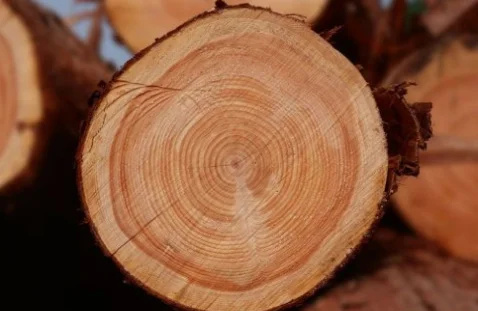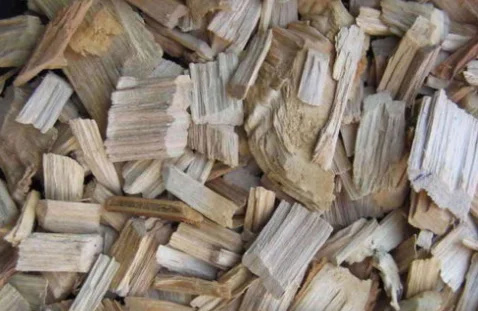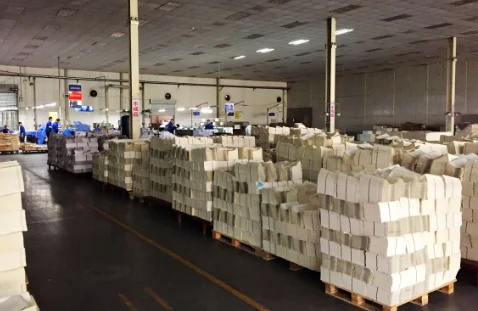1. Peel the wood. There are many raw materials, and wood is used as the raw material here, which is of good quality. The wood used to make paper is put into a roller and the bark is removed.
2. Cutting. Put the peeled wood into the chipper.
3. Steaming with broken wood. Feed the wood chips into the digester.
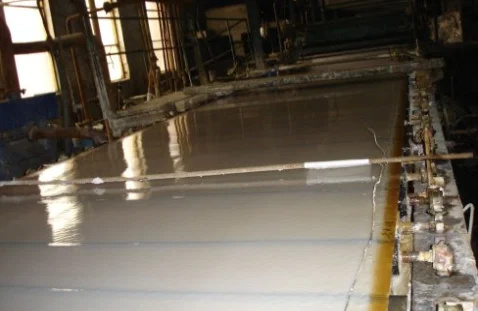
4. Then use a large amount of clean water to wash the pulp, and remove coarse pieces, knots, stones and sand in the pulp through screening and purification.
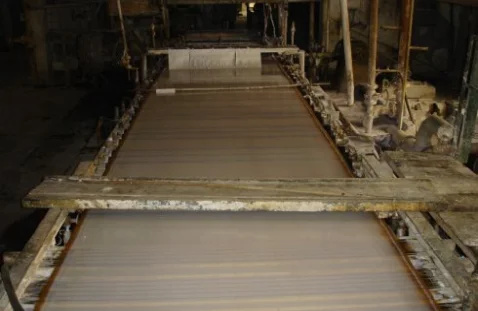
5. According to the requirements of the paper type, use bleach to bleach the pulp to the required whiteness, and then use beating equipment to beat.
The pulp is fed into the paper machine. In this step, part of the moisture will be removed from the pulp and it will become a wet pulp belt, and the fibers in it will be gently pressed together by the roller.
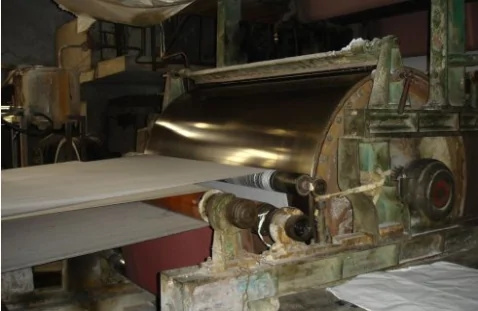
6. Moisture extrusion. The pulp moves along the ribbon, removes water, and becomes denser.
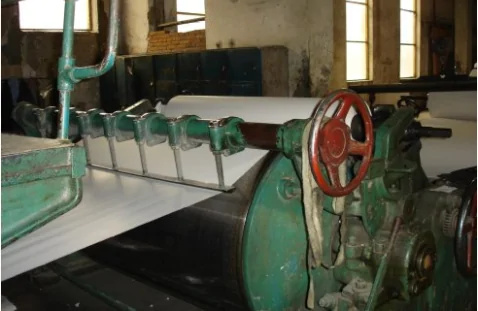
7. Ironing. A roller with a smooth surface can iron the surface of the paper into a smooth surface.
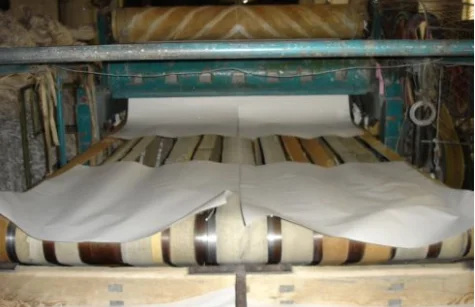
8. Cutting. Place the paper into the machine and cut it to standard size.
Papermaking principle:
Paper production is divided into two basic processes: pulping and papermaking. Pulping is to use mechanical methods, chemical methods, or a combination of both methods to dissociate plant fiber raw materials into natural pulp or bleached pulp. Papermaking is the process of combining pulp fibers suspended in water through various processes into paper sheets that meet various requirements.
In China, the invention of paper is attributed to the eunuch Cai Lun of the Han Dynasty (about 105 AD; Chinese version editor's note: recent historical research shows that this time has to be pushed forward). Paper at that time was made from bamboo roots, rags, hemp, etc. The manufacturing process consisted of pounding, boiling, filtering, and spreading the residue out to dry in the sun. The manufacture and use of paper gradually spread to the northwest along with the commercial activities of the Silk Road. In 793 AD, a paper mill was built in Baghdad, Persia. From here, papermaking spread to the Arab countries, first to Damascus, then to Egypt and Morocco, and finally to Exerovia in Spain. In 1150 AD, the Moors built Europe's first paper mill. Later, paper mills were established in Horantes, France in 1189, in Vabreano, Italy in 1260, and in Germany in 1389. After that, there was a London merchant in England named John Tent who started making paper in 1498 during the reign of King Henry II. In the 19th century, paper made from rags and plants was basically replaced by paper made from plant pulp.
It can be known from the unearthed objects that early paper was made of hemp. The manufacturing process is roughly as follows: retting, that is, soaking the hemp in water to degumm it; then processing the hemp into hemp strands; then pounding the hemp strands, also known as beating, to disperse the hemp fibers; and finally, paper fishing, which is That is to spread the hemp fibers evenly on the bamboo mat soaked in water, and then take it out and dry it to become paper.
This process is very similar to the flocculation method, indicating that the papermaking process was born out of the flocculation method. Of course, early paper was still very rough. The hemp fiber was not pounded well enough, and the fiber was unevenly distributed when it was made into paper. Therefore, it was not easy to write on, and it was mostly just used for packaging items.
But it was precisely because of its appearance that the world's earliest paper caused a revolution in writing materials. In this revolution of writing materials, Cai Lun left his name in history with his significant contribution.
Post time: Nov-13-2023

